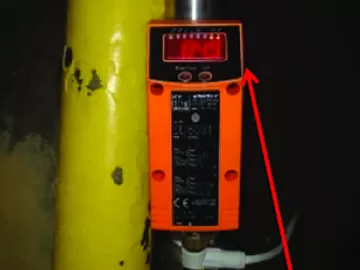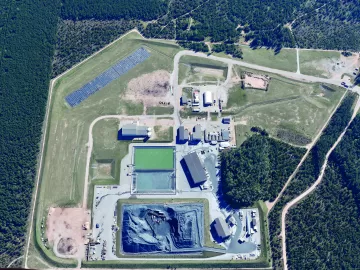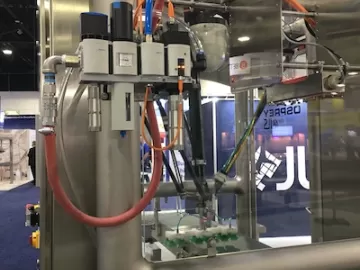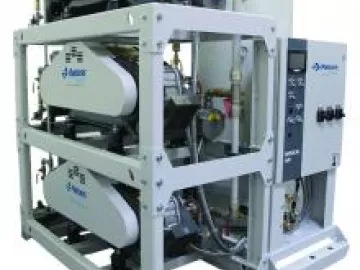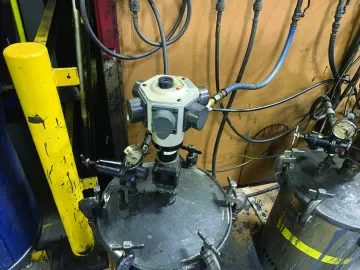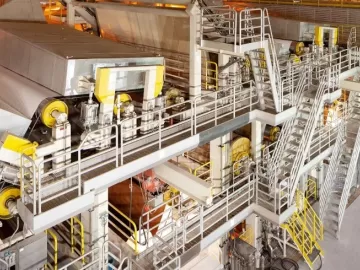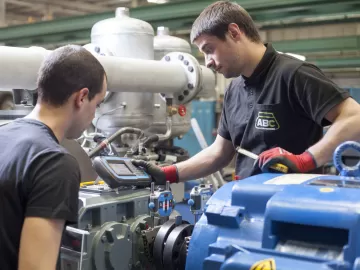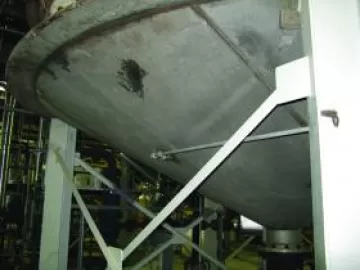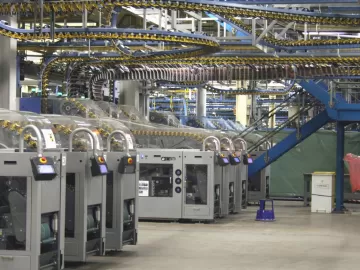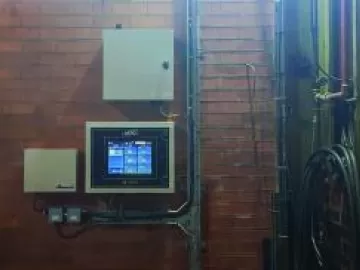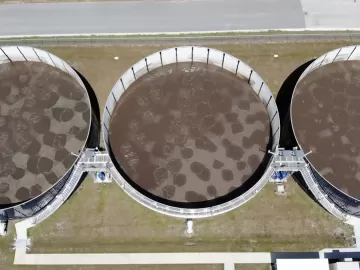Honda of America Mfg. Fine Tunes Compressed Air System
“We are close to becoming a zero-landfill facility. Zero-waste is the goal,” Mike explained. Company literature on the Green Factory initiative, coordinated in North America by Karen Heyob, Associate Chief Engineer for Honda of America Mfg., Inc. , says the initiative is designed to reduce the impact of Honda’s manufacturing operations on the environment. This includes efforts to reduce the energy intensity of production, as well as initiatives to reduce waste generation, air emissions, and water use at all of the company’s manufacturing facilities in North America.

